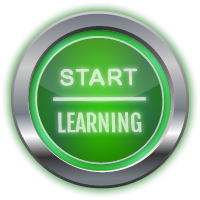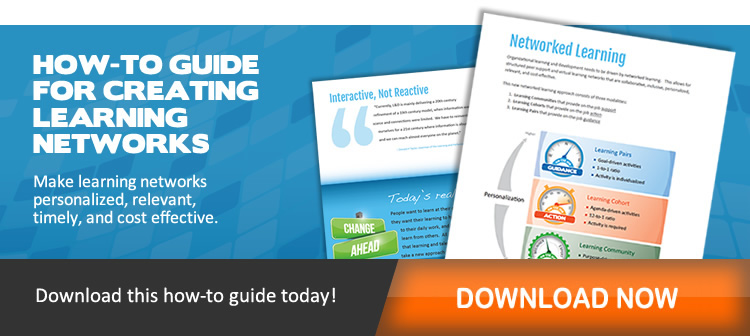Developing Mentoring Networks
 Companies spend billions of dollars on employee training each year, but to what end?
Companies spend billions of dollars on employee training each year, but to what end?
A 2008 Corporate Executive Board study called “Sales Executive Council: Introduction to Talent Development” showed that within a week of a formal training event, people forgot 70 percent of what they learned. A month after the event, people forgot 87 percent of what they learned.
If those results occurred in quality assurance or customer service, you can bet a company would put a halt to the activity immediately—and investigate what was causing the problem in the first place. So why do we let this stand when it comes to learning and development?
Rather than simply “training” our employees, we should be helping them learn—and giving them ways to build personal learning networks. Training implies people are taught the steps to complete a task, such as how to fill a customer order. But what happens when the customer order is unusual and falls outside the normal structure a person was trained for? Does the person have enough knowledge to adapt what they know and try something different? This is when training moves to learning.
 When we learn, we grow our skills, our insights, our curiosity even. We shift from doing something by rote (and often without any deep awareness) to thinking through the situation and adjusting our actions as we try new ideas. Learning is what drives companies forward—we learn from our mistakes, from our failures, from our victories, and from each other. In fact, it is that last nugget that will drive the next evolution of organizational learning and development—learning from one another.
When we learn, we grow our skills, our insights, our curiosity even. We shift from doing something by rote (and often without any deep awareness) to thinking through the situation and adjusting our actions as we try new ideas. Learning is what drives companies forward—we learn from our mistakes, from our failures, from our victories, and from each other. In fact, it is that last nugget that will drive the next evolution of organizational learning and development—learning from one another.
Giving people a way to connect and learn from their colleagues is critical today. As a result, organizational learning and development needs to be driven by what we call networked learning.
In our new eBook, we explain why we have to give people a way to collaborate with one another that is personalized, relevant, and timely—while also being cost-effective for the organization.
This can happen with a new networked learning approach that consists of three learning modalities:
1. Learning Communities that provide on-the-job support.
2. Learning Cohorts that provide on-the-job action.
3. Learning Pairs that provide on-the-job guidance.
Each modality offers a unique value to learners and organizations. For example, learning cohorts help a small group of learners focus on specific developmental goals, curricula and agendas, which they can quickly put into action on the job.
To learn more about each of these modalities and how you can leverage them to create learning networks, download our free eBook.









